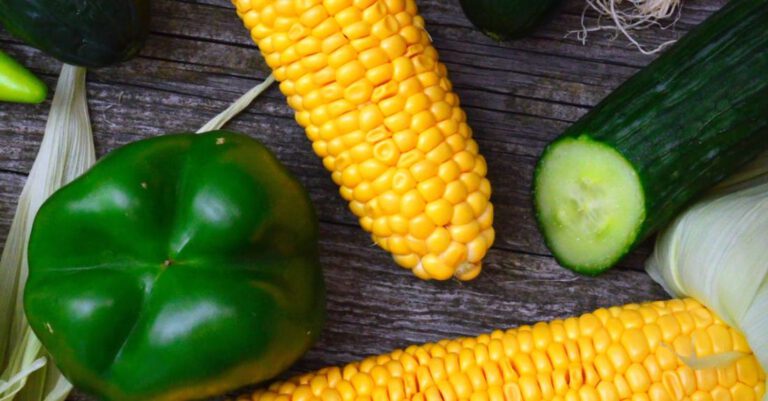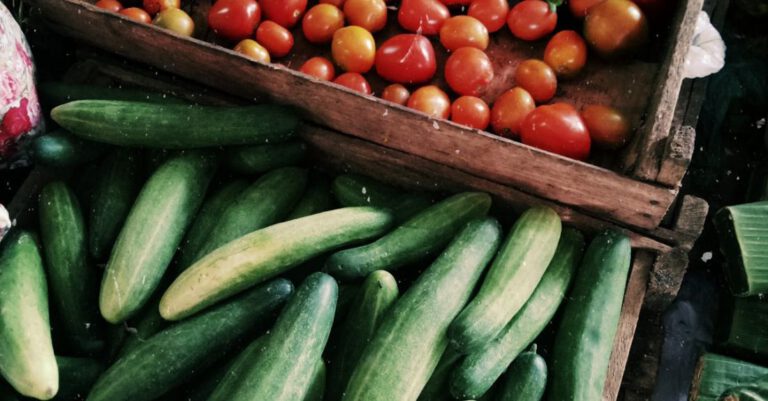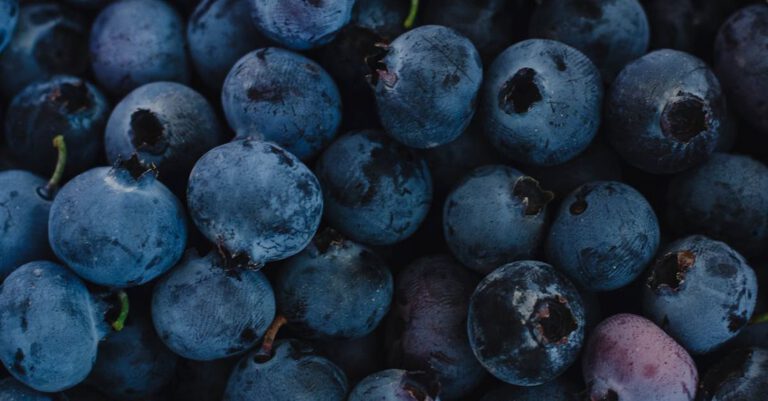
Preserving the Bounty: How to Make the Most of Seasonal Produce
As the seasons change, so do the fruits and vegetables that grace our tables. From the vibrant berries of summer to the hearty root vegetables of fall, each season brings its own unique flavors and nutritional benefits. To make the most of this abundance, it’s important to know how to properly preserve seasonal produce so that you can enjoy it long after it has gone out of season.
Choosing the Best Produce
The first step in preserving seasonal produce is to choose the best fruits and vegetables. Look for produce that is ripe but not overripe, as it will be at its peak flavor and nutritional content. Avoid fruits and vegetables that are bruised or damaged, as they will not preserve well. If possible, opt for locally grown and organic produce, as they tend to have higher nutrient levels and better flavor.
Methods of Preservation
There are several methods of preserving seasonal produce, each with its own advantages and limitations. The most common methods include canning, freezing, drying, and fermenting.
Canning: Canning is a popular method of preserving fruits and vegetables that involves sealing them in airtight jars or cans. This method is ideal for foods with high acidity, such as tomatoes and fruits. To can produce, you will need canning jars, lids, and a water bath canner or pressure canner.
Freezing: Freezing is a simple and convenient way to preserve seasonal produce. To freeze fruits and vegetables, wash and chop them into desired sizes, then blanch them in boiling water before freezing. Properly stored frozen produce can last for several months and retain much of their flavor and nutritional value.
Drying: Drying is a traditional method of preserving fruits and vegetables that involves removing moisture from the produce. You can air-dry produce by hanging them in a well-ventilated area or use a dehydrator. Dried fruits and vegetables are great for snacking, adding to trail mixes, or rehydrating for use in recipes.
Fermenting: Fermenting is a method of preserving produce that involves the use of beneficial bacteria to create lactic acid, which acts as a natural preservative. Fermented foods, such as sauerkraut and kimchi, not only preserve produce but also promote gut health due to their probiotic content.
Storage Tips
Proper storage is key to preserving seasonal produce effectively. Store fruits and vegetables in a cool, dark place with good air circulation to prevent spoilage. Some produce, such as tomatoes and bananas, should be stored at room temperature to ripen fully before refrigeration. Leafy greens and herbs can be stored in airtight containers with a paper towel to absorb excess moisture and prolong freshness.
Creative Ways to Use Preserved Produce
Preserved seasonal produce can be used in a variety of ways to add flavor and nutrition to your meals. Here are some creative ideas to make the most of your preserved fruits and vegetables:
– Add frozen berries to smoothies or oatmeal for a burst of flavor and antioxidants.
– Use canned tomatoes to make homemade pasta sauce or salsa.
– Incorporate dried herbs into marinades, dressings, or homemade spice blends.
– Enjoy fermented vegetables as a side dish or topping for sandwiches and salads.
Incorporating preserved seasonal produce into your meals not only reduces food waste but also allows you to enjoy the flavors of each season year-round.
Preserve the Bounty
By learning how to properly preserve seasonal produce, you can extend the life of your favorite fruits and vegetables and enjoy them throughout the year. Whether you choose to can, freeze, dry, or ferment, each method offers a unique way to savor the flavors of each season. Experiment with different preservation techniques and get creative in the kitchen to make the most of nature’s bounty. With a little time and effort, you can enjoy the taste of summer or fall long after the season has passed.





